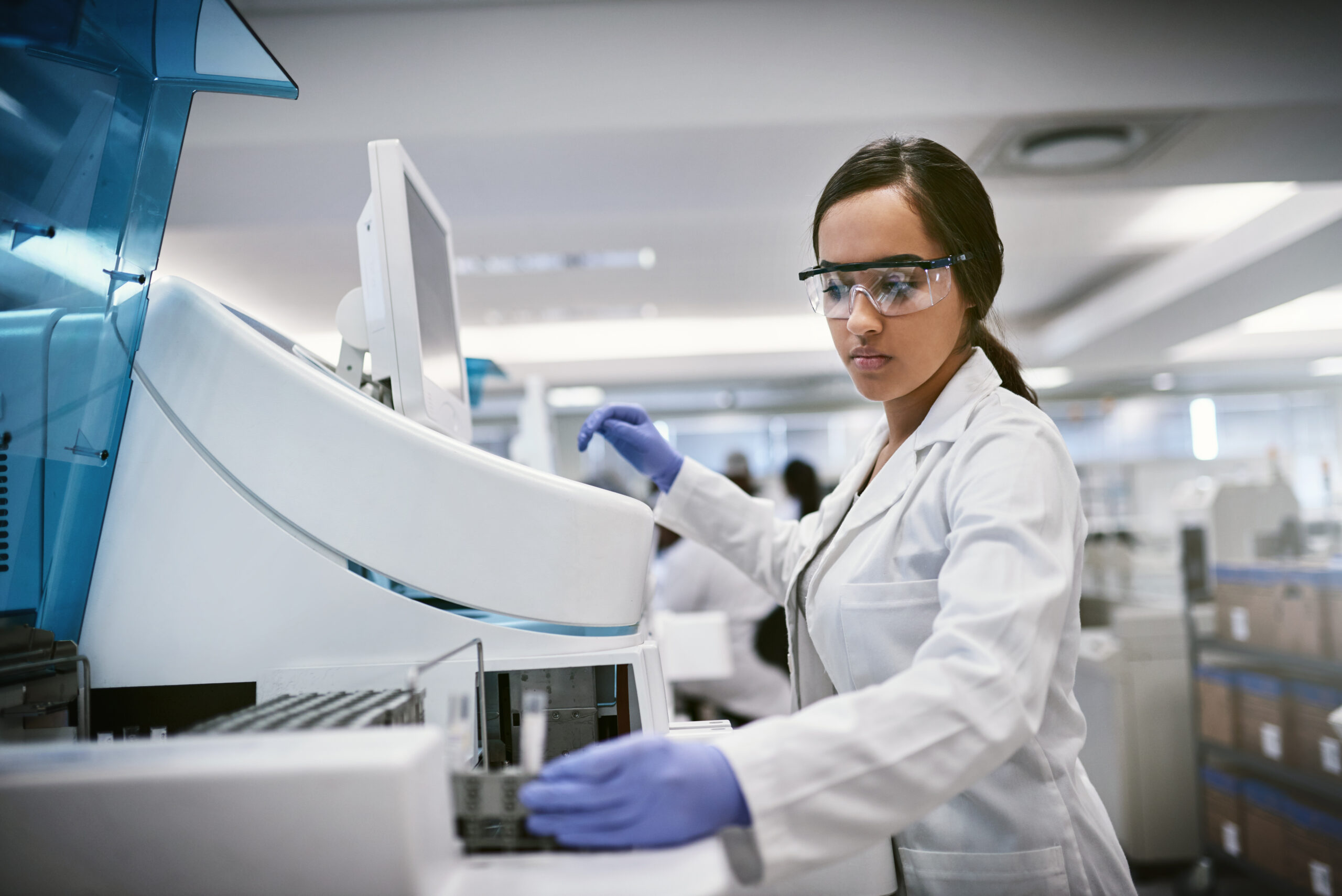Upon returning from Fort Worth, Texas, where the first Workforce Action Alliance (WAA) Summit was held on May 2, adjacent to COLA’s annual Laboratory Enrichment Forum, I felt encouraged about the future of our profession. I was amazed by how Summit participants came together to identify solutions to address the laboratory workforce shortage.
The WAA Summit Planning Committee worked hard to get ready for the event. Because so many people there had the same goals, we focused on defining initiatives that we can work on together as an industry. The Planning Committee wanted to make practical action plans around a few key priorities essential to addressing the crisis and we were able to do that. Even though the Summit was just the beginning of this effort, work is already being done to help us reach our goals.
The WAA Summit included Executives from various organizations representing employers, public health laboratories, laboratories that serve the military and our veterans, educators, regulators, high school counselors and specialists in recruitment and retention. Everyone who attended shared concern about the current vacancy rates, the challenges to work-life balance, particularly after heroic efforts during the pandemic, and the need to attract the next generation and those transitioning mid-career into the laboratory science field.
During the day, Executives shared their hopes, new ideas and innovations. We started by looking at the current state of the laboratory profession so that our assumptions and strategies would be based on a shared set of facts. We were also lucky to have a panel discuss initiatives that are already being tried at the national, regional and local levels. We spent a lot of time coming up with ideas, and in the end, we were able to narrow our focus to three important priorities that will set the stage for future work in the years to come.
Many ideas for addressing the challenge were offered and some smaller ideas are being rolled into a larger initiative. First, the group decided that despite all the data we now have about the key factors contributing to the shortage, there are still gaps in what we think we know. It is important that we get on solid ground related to the true capacity of our nation’s educational programs if we are to persuade others, such as policy makers, to aid in our cause. For example, we need better data to understand where in the country we have ample, qualified candidates to fill the available academic program slots and where there are two few applicants. We also need to understand the types of applicants to these programs and the number of professionals required to staff laboratories now and in the future.
Second, a strong case was made that we need to communicate all the career paths in the field of laboratory science, both as they are now and as they might be in the future. This is important not only to get high school students to consider a degree in medical laboratory science (among all the other options open to them) but also to give people already working in the field hope that they can reach their dreams. Visualizing career paths and sharing them nationally with teachers, counselors and students in high schools and college/university science programs are great ways to get more people interested in the field.
Third, the Summit group discussed the importance of continuing the work toward standardizing titles within the profession. Obviously, this is a challenge from the perspective of achieving consensus, but we can build upon the existing work to further this idea in a meaningful way.
In addition to these three prioritized initiatives, there were also discussions about the role of workplace culture, diversity, equity, inclusion and belonging (DEIB), licensing, certification, pay, recognition, flexible work hours and rewards in creating a sustainable workforce for years to come. Importantly, we saw a lot of potential in community partnerships between grantors, public funding, educators, laboratory professionals and employers to help expand medical laboratory science programs and to create enough clinical rotation sites for students to practice what they learn, which would solve an immediate problem. Lastly, we talked about what policymakers at the national and state level can do to get more money for grants, incentives and loan forgiveness programs to help address the laboratory workforce shortage. There will be continued discussions on all these important topics as we move to resolve a complex problem that will require multiple solutions.
In short, it is a great honor for me to be a part of this and I am grateful to the Planning Committee Members and our 2023 WAA Summit Sponsors. Given the size and scope of the problems we face, it is important that we pick a few objectives to work on together each year. Everyone agreed that we will need to keep investing effort over a number of years if we want to achieve measurable change. I’m already looking forward to next year’s WAA Summit and hearing about what we’ve accomplished.
Kathy Nucifora, MPH, MT (ASCP), Chief Operating Officer
____________________________
You can send us an email at waa@cola.org to find out more about the WAA or join the effort.
To learn more about our 2024 Laboratory Enrichment Forum, which will be held in the Destin/ Ft. Walton area of Florida, please visit our event site.
COLA would like to thank Allied Search Partners, the Association of Public Health Laboratories (APHL), the American Association of Bioanalysts (AAB) and the National Independent Laboratory Association (NILA), the Coordinating Council on the Clinical Laboratory Workforce and U.S. HealthTek for their charitable financial contributions that helped make the Summit possible.

